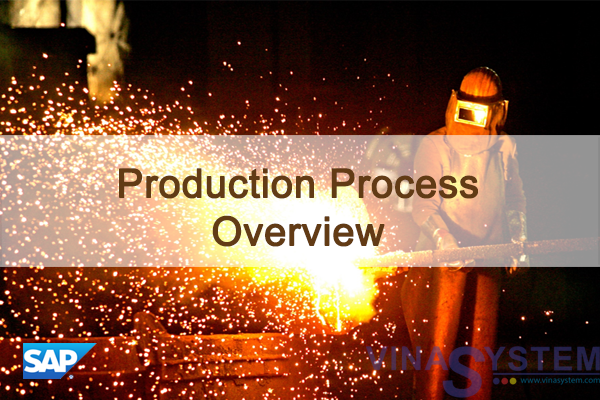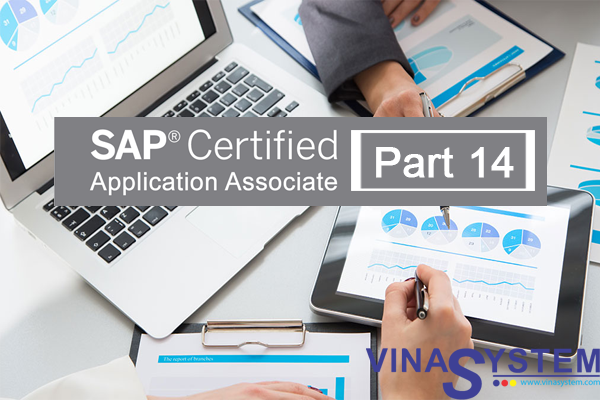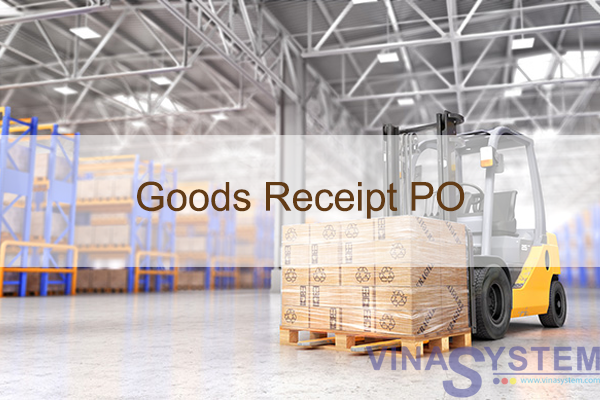
The Production Process in SAP Business One - Production Concept
At the end of this topic, you will be able to:
- Describe in high level the main production Process
- Explain the Bill of Materials concept
- Explain the Resource concept
I/ The Production Concept in SAP Business One

In SAP Business One we can manage the company’s entire production processes.
In addition to items, we can define and manage different resources, like machinery usage hours and employees labor time, that are necessary for the production process.
In the Bill of Material document, we indicate the components and resources needed to manufacture the finished product.
Then, in order to start the production process, we issue a Production Order document, based on the Bill of Materials, and release the components from the warehouse to the shop floor.
When the production process is completed the finished product is added to inventory.
Note that this is the main production process concept in SAP Business One but not the only one.
II/ Resource Concept

The resource is defined as a master data in the system. There are two main types of resources:
Machine type – This is a resource linked to a fixed asset taken from the Fixed Assets Master Data list, and
Labor type - This is a resource linked to an employee taken from the Employees Master Data list.
When a Bill of Materials is produced, a machine is often needed in a production process and an employee may be needed as well, for example, to operate this machine.
In SAP Business One, we can plan and define a daily capacity for the resources. By monitoring this capacity, we can optimize the production plan and avoid bottlenecks.
III/ Bill of Material Example

Let us try to understand the Bill of Materials concept by using the following example:
- In order to manufacture an engraved wooden door we need two items: a plain wooden door and a handle.
- In addition, we need to engrave a decoration pattern. To do that we need two resources: a lathe machine and a machine operator employee.
- These items and resources combine the decorative wooden door bill of materials.
- In real life production, bill of materials often have several levels. In our example, the wooden door component can also have its own bill of materials.
- Note that the finished products are also defined as items (master data) in the system.
IV/ Production Order

A Production Order is a command to produce (or repair) a production item.
A Bill of Material is copied into the Production Order document (manually or in an automatic process). Then, the needed quantity of the finished good is entered and the desired due date of production along with other relevant data.
In the next course topics we will get to know the detailed production process
V/ Summary
Here are some key points:
- The production process starts with adding a Production Order and releasing it to production.
- The Production Order is based on the Bill of Materials.
- The Bill of Materials is composed of items and resources.
- There are two main types of resources: Labor and Machine.






